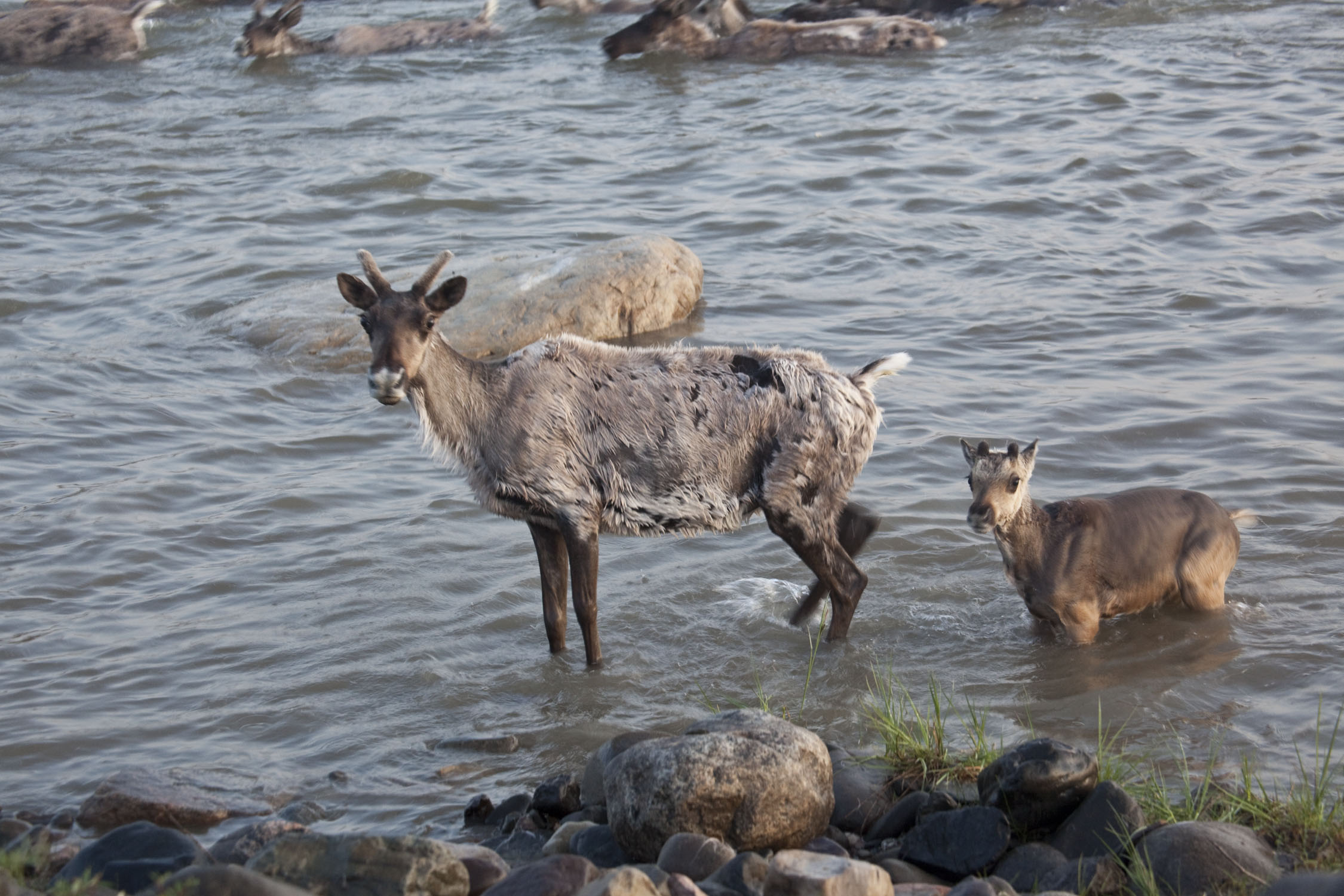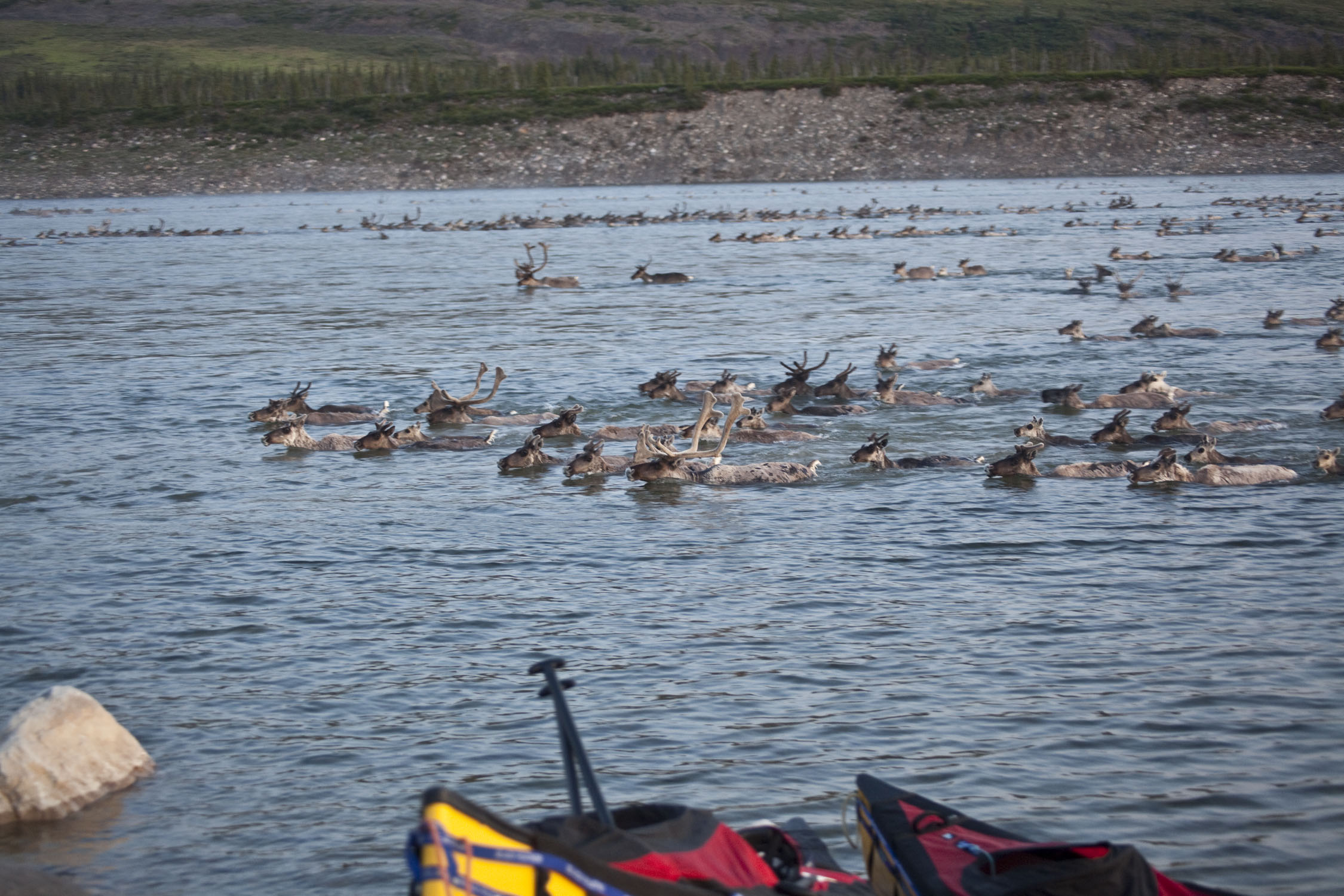 After more than five years in the Canadian North, I’m preparing a move south to Toronto, before the next winter descends. Writing about science up here has been the best gig of my career – there’s just so much science here and so few science journalists.
After more than five years in the Canadian North, I’m preparing a move south to Toronto, before the next winter descends. Writing about science up here has been the best gig of my career – there’s just so much science here and so few science journalists.
In my research in this part of the world, one issue has nagged me throughout, and I hesitate even to write about it, because I have yet to get a firm grip on it. The question is what role, if any, the traditional knowledge of local aboriginal people should play in scientific inquiry.
Anyone who wants to have their research approved in the Canadian Arctic must demonstrate that they will consult with elders on their work, employ local assistants and then present their findings to the communities near where they conducted their research. If they’re working on aboriginal land, then of course they must have the appropriate permission.
Opinions on traditional knowledge consultation range from “not nearly enough” to “scientifically inappropriate”. Oral histories are not formed through the scientific method and are not as open to falsification and revision. They are replete with metaphor and value judgments. Scientists have complained to me that they get laughed out of conferences when they present a paper that incorporates them. But they also provide very real information that can make or break a visiting scientist.
Take, for example, a biologist who wants to conduct a survey of caribou populations. The local aboriginal Hunter and Trapper Association can tell him right away where the animals are and how to get there, in a barren-ground terrain where thousands of kilometers of empty tundra do not offer any obvious signs of life at all. They can tell him whether they’ve seen more or fewer caribou this year, compared with last year or ten years ago. Depending on the area, they might also tell him, however, that according to tradition, throwing a stick at a caribou will prevent the herd’s return on this migratory route for many years. There is no clear protocol for determining which of these chunks of information should be published in the research report.
The largest caribou herd in the Canadian Arctic comprised around 400,000 animals in 1986. Two years ago, a survey of the Bathurst herd concluded only 31,900 animals remained, down from 186, 000 in 2003 – a drop of 74.43 caribou per day for six years. Surveys are done primarily by helicopter – the biologists fly over the area in a grid pattern, taking photos systematically. Then they print out all the photos, sit down and count animals. It’s tricky not to count animals twice from photo to photo. It’s hard to know, with herds splitting up and recombining along the migratory route, whether they’ve captured the whole herd or only a subsection of it.

Caribou are the lifeblood of many northern communities – they are a staple food source and provide clothing. Aboriginal people are managers of the wildlife in their territories and they are keenly aware of environmental responsibilities. So at great cost to their communities, local bands agreed to a plan under which they can take only 300 caribou a year from the Bathurst herd and some 2,800 from the neighbouring Bluenose East herd – a drastic drop from the average 10,000 caribou taken annually prior to the ban.
So in this case, and in the case of many biological pursuits, it makes intuitive sense to consult local experts before entering into systematic study in a foreign environment. When it comes to the various uses of Arctic plants, critical knowledge is dying with the elders who hold it, and consultation for publication is a great public service.
But what about areas in which highly technical approaches are the only appropriate means of investigation? What about when a field has moved on from naked-eye observation?
A classic media mistake seems to be to interview whatever aboriginal elder will speak to the journalist. As with urban communities, aboriginal communities have people who know what they’re talking about and those who don’t. How do we determine who is qualified to contribute their ideas to scientific papers? What’s the peer review process for traditional knowledge (or TK, as it’s known here)? Does science benefit from influence by other systems of knowledge generation or is it polluted by them?
The closest I’ve come to a conclusion in all of this is the persistent thought that TK should be clearly labeled and preferably written into separate sections in research reports. It should be very clear how each data point was acquired. Beyond that, I’m going to take the questions south with me and let them percolate.
Photos by David Sinclair
Last week, I started hearing cranes flying overhead. Their sound is unmistakable and the sight is something to behold.
I mentioned the cranes to my old-timer neighbor, who told me, “they say when you see the cranes you’ve got about ten days to the first frost.”
Well, if the weather forecast is correct, that traditional knowledge will have it just about right, at least this year.
I like that — a sequential calendar of seasonal events.
My comments are a bit off to the side, because I am not a scientist but rather a private-practice counselor well-versed in Bowen Theory (named for a man who, in the US in the second half of the 20th century, worked toward moving therapy in a more scientific direction – not a popular endeavor in a field known more for its ooey-gooey subjectivity).
I think it might be useful for one to understand the TK of those asking the questions, then the TK of those asked, and then figure a way to bridge these “worlds” when reporting to others.
TK is a property of every family/clan/tribe/community/social aggregate. Every discoverer stands in one place and not every place. To know the TK of where one stands can sometimes be useful when coarse-graining information.
Hope these comments are not too wide of the mark.
Hmmm… come to think of it, you’re right. This predicament has not really occurred to me before. Now that you point it out, I cannot help but wonder about the accuracy (or its degree thereof) of data gathered by the early scientists of our time which supposedly contributed to today’s’ accepted facts. How indeed can you tell if the person you’re talking to knows what he is talking about? Anyway, I hope you will be successful in your research! 🙂